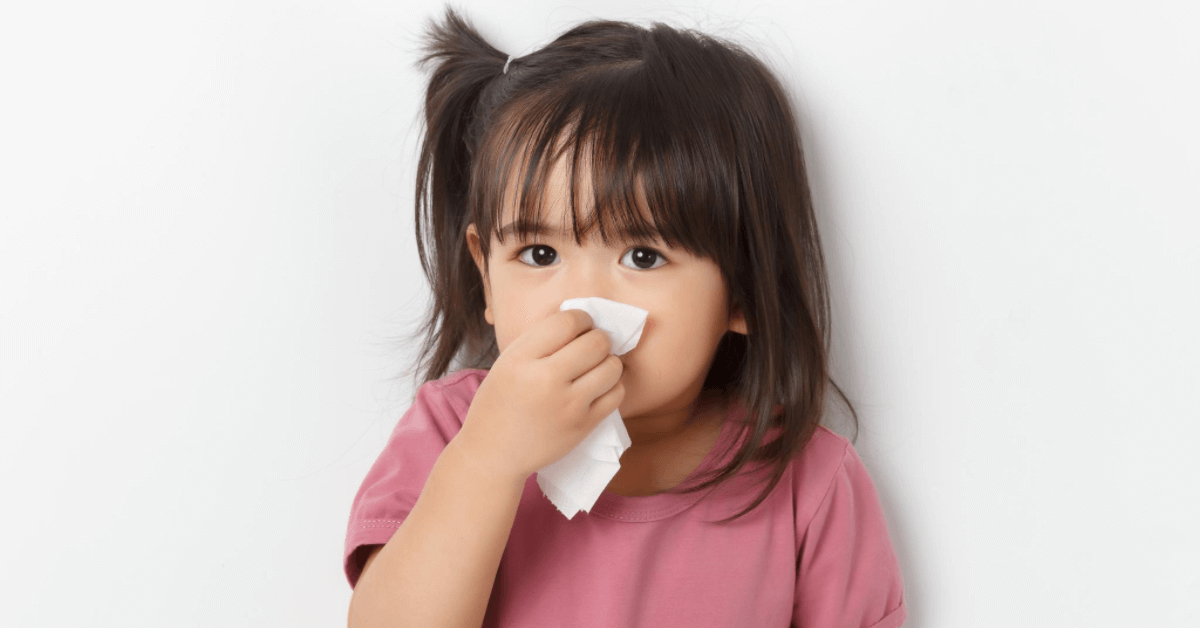In clinics and emergency rooms across North Texas, a concerning surge in Respiratory Syncytial Virus (RSV) cases is being observed. As RSV season gains momentum, doctors and healthcare professionals are raising alarms over its impact, particularly among young children.
The RSV Surge in North Texas
According to pediatric pulmonologist Dr. Preeti Sharma of Children’s Health, RSV often starts with mild symptoms such as a runny nose and a low-grade fever, resembling common cold symptoms. However, the numbers tell a different story. Hospital systems in the Dallas-Fort Worth (DFW) area reported a staggering 130% increase in RSV cases between October 1 and October 22. This surge is a cause for concern, especially among pediatric healthcare providers.
Unlike the previous year when RSV cases were observed at the wrong seasonal times, this year’s surge aligns with the typical RSV season. This rapid spread of cases is an early indication, and experts are closely monitoring how the situation unfolds over the course of the season.
Cook Children’s Hospital in Fort Worth has also reported an uptick in RSV cases, with 25% of RSV tests returning positive results among more than 760 patients. These statistics emphasize the severity of the situation and the impact it has on healthcare resources.
Understanding RSV
Respiratory Syncytial Virus (RSV) is a common viral infection that primarily affects the respiratory system, especially in young children. According to the CDC, RSV leads to approximately 58,000 annual hospitalizations and 100 to 300 deaths among children under 5 in the United States. It often presents as cold-like symptoms, but in some cases, particularly among infants and young children, it can become a serious and potentially life-threatening condition.
Prevention Measures and RSV Antibody Injection
Prevention is key in addressing the RSV surge. Dr. Preeti Sharma emphasizes that an RSV antibody injection recently approved for babies under eight months is a valuable tool in combating the virus. Currently, this preventive measure is prioritized for infants at the highest risk, including those under six months of age, infants with underlying medical conditions, or premature births. While supply limitations are a current challenge, healthcare professionals remain hopeful that broader usage in subsequent RSV seasons will reduce both the number of cases and their severity.
Last year, pediatric emergency rooms were overwhelmed by the impact of the RSV virus. This year, the medical community is closely watching the situation to determine the extent of its impact, with hopes that early intervention and prevention will help mitigate the surge in cases.
RSV in the UK: A Similar Tale
Across the ocean, the UK is also grappling with a surge in RSV cases among young children. The UK’s Health Security Agency (UKHSA) reports that one in three children being tested for RSV are returning positive results. While RSV typically causes cold-like symptoms, it can be severe in certain groups, particularly among infants and young children. Approximately 30,000 babies and children under the age of five are hospitalized each year due to RSV.
In the UK, the positivity rate for RSV has risen to 8.7%, with the highest positivity rate among those under the age of five, reaching 34.1%. Some children with RSV can develop complications like pneumonia and bronchiolitis, with RSV being the leading cause of bronchiolitis in infants.
Recognizing RSV Symptoms
Parents should be vigilant about recognizing RSV symptoms, which can initially resemble a common cold but progress to more severe respiratory symptoms and difficulties feeding. Some key symptoms include a sore throat, runny nose, cough, fever, drowsiness, and wheezing.
Parents are advised to contact healthcare professionals if their child’s condition worsens or shows signs of respiratory distress. Urgent medical attention is needed if the child exhibits signs such as head bobbing, tracheal tug, altered consciousness, changes in breathing patterns, use of extra muscles to breathe, skin color changes, grunting while breathing, and nose flaring.
In milder cases, rest and plenty of fluids are often the best treatment for RSV, with most cases resolving within a few weeks. However, parents should reach out to healthcare providers if their child struggles to breathe, has feeding problems, or experiences a persistent high fever.
Preventing RSV Spread
Preventing the spread of RSV and other illnesses remains a vital concern for parents, especially with young children. This involves frequent handwashing, using tissues to cover coughs and sneezes, and staying away from others when feeling unwell.
As the RSV surge continues, healthcare providers and parents are working together to ensure the well-being of children and to minimize the impact of this contagious virus. The key to addressing the situation lies in early recognition, prevention, and swift medical intervention when needed.
Read more:
- The pH of Apple Cider Vinegar: Effects and Implications
- why is everyone leaving plexus?
- Dr sam 7 second morning ritual for constipation

Hey, y’all! I’m Akshay!
I’m SO excited you’re here! I’m super passionate about nutrition and specialize in teaching others how to lose weight through healthy, low-carb eating along with Yoga and exercises. Here at Yourfitnessgoal, we believe in quality over quantity and that diet is EVERYTHING when it comes to your health and well-being. In short, we believe in a Fit and healthy lifestyle.

